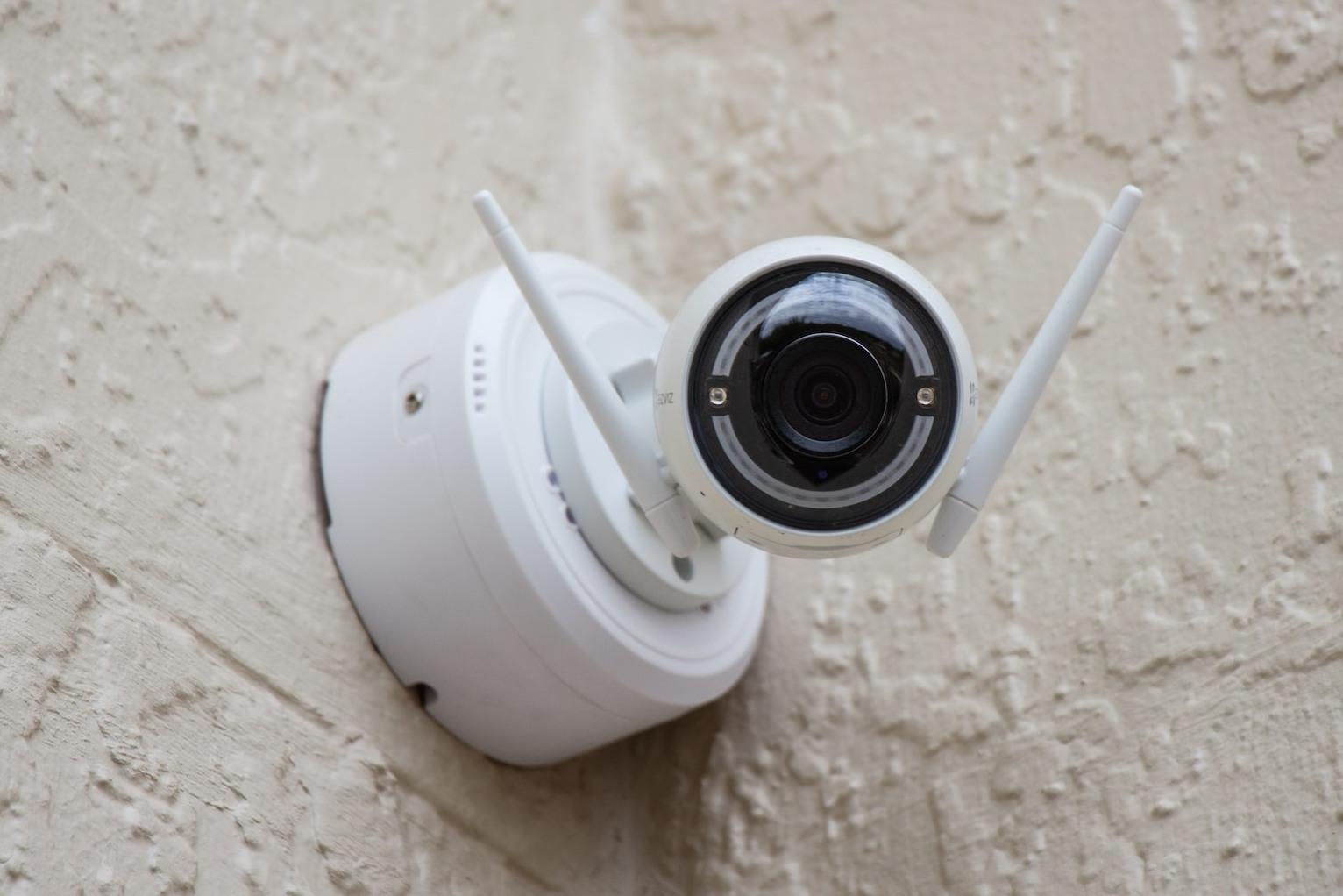In the process of technological evolution, the term "smart" has been added to a range of epithets describing modern buildings. In such conditions, innovative concepts of human interaction with their living space are used. In other words, the interaction between human and technical intelligence reaches a fundamentally different level.
What is a "smart home"?
The concept of a smart home implies an intelligent technological system designed to automate the operation of a wide range of household equipment. It includes control devices (gadgets), auxiliary devices, and executive devices. All of these are interconnected, controlled, and interact with each other through wireless internet networks or with the help of wires installed during preparatory work. Wireless methods are usually more suitable for small objects, while wired connections are more reliable and are used in large-area cottages and apartments. Household appliances are typically connected to the power grid by default.
A smart home is designed to shield a person from solving routine household tasks, provide comfort, safety, and economical use of consumed resources. It can recognize specific situations occurring in a room and react appropriately based on pre-established algorithms. This high-tech system, depending on external or internal conditions, autonomously sets and controls the operation of engineering networks and electronic devices.

How does it work?
The principle of operation of a smart home is based on executing a series of commands (options) that can be given manually or automatically. The activation of a particular command, using installed software, is carried out by a control device (wall panel, computer, tablet, or smartphone) or voice command when the corresponding option is available (e.g., Siri). The command is then sent to the central control unit, the so-called hub, for further processing. The hub communicates with all smart devices in the house. After processing the request, the hub activates the selected device or group of devices. Using the appropriate application, homeowners can define the necessary scenarios for the operation of specific equipment.
For example, when the apartment's security system is disarmed, the smart home system can automatically unlock the electric lock and turn on the hallway lighting. In another scenario, upon receiving the voice command "start the cinema," the curtains automatically close, the screen lowers, and the projector activates. Using predefined algorithms, a smart home can operate in a mode that does not require the presence of a person directly in the house. The intelligent platform understands that it should turn on the kettle at a certain time, and a smart refrigerator can independently place an order for groceries. Based on sensor signals, the system can make decisions autonomously. It maintains a comfortable temperature and humidity in the room or shuts off the water in case of a leak.
In case of malfunction or a system failure, the smart home will automatically notify the owner. In practice, an intelligent home complex consists of three main elements. The first is sensors that receive signals or the surrounding image. The second is the central hub, which processes information received from sensors and command gadgets and then initiates the operation of the required devices. The third is household appliances designed to make our lives easier.
It is worth mentioning data transmission standards or, in other words, communication protocols:
- WLAN. Millions of people encounter Wi-Fi in their daily lives. This is the predominant standard for mobile devices. However, it is only partially suitable for connecting smart devices to a unified network. Wi-Fi provides high data transmission speed but consumes a lot of electricity and often gets overloaded.
- ZigBee. One of the protocols that many manufacturers' devices work with. This standard saves energy and provides a wide operating range.
- Z-Wave. An energy-efficient standard specifically designed for apartments and small houses. It does not provide the highest data transmission speed.
- KNX. This standard, used in wired connections, is known for its reliability, ease of control, and extended functionality.

Smart Home Functions
Before embarking on the creation of a smart home, owners must determine which functions are most important to them. Profile experts divide its capabilities into three major categories: comfort, energy efficiency, and security. Below are the most common operations that an intelligent system can perform.
Lighting Control:
- Automatic activation and intensity adjustment of lamps depending on the lighting conditions.
- Activation of lighting fixtures when motion sensors are triggered.
- Automatic adjustment of blinds and curtains to control the flow of natural light.
- Smart bulbs can create the appearance of the presence of homeowners when they are not there.
- The lighting system can be programmed to change shades and adapt to different activity modes throughout the day.
Water Supply and Climate Control:
- One of the essential services for the hot climate of Cyprus, impacting the health and mood of the apartment's inhabitants.
- Typically, heating, ventilation, and air conditioning operate independently of other smart home systems.
- Regulation and maintenance of a comfortable temperature in rooms.
- Automatic temperature reduction when there are no people in the residence and an increase when they appear.
- Humidification or dehumidification of the air as needed.
- Automatic water shutoff in the absence of occupants.

Security System:
The functioning of this complex is provided by smoke and fire detectors, motion sensors, alarm triggers, and video surveillance. The security system can be divided into personal and engineering security.
Personal security functions may include:
- - Internal and external video surveillance.
- - Monitoring the integrity of external and internal entry points (gates, windows, doors).
- - Summoning security, activating the alarm, and automatic access blocking.
Engineering security includes:
- - Checking the integrity of the water supply system and electrical wiring.
- - Automatic activation of the fire alarm system and emergency power shutdown.
- - The optional package of a smart home may include control over the actions of people with limited mobility, monitoring infant behavior (baby monitor), and the activation of outdoor devices (plant irrigation system, lawnmower).
It should be noted that specific equipment with certain capabilities is required to create a smart home. Smart refrigerators, exhaust hoods, ovens, and other appliances are used for kitchen equipment. Suitable curtains and blinds should be equipped with appropriate sensors. Multimedia devices and climate control equipment also have special requirements.

Pricing
The final cost of a smart home is influenced by many factors. First and foremost, it depends on the total area and the number of rooms in the house. A system designed for installation in a cottage with adjoining territory is inherently more expensive than one for a single-level apartment. The concept of home automation plays a crucial role: a few simple lighting or climate control solutions will be much cheaper than a full-fledged multifunctional system.
The cost component also depends on the schedule for building a smart home. You can start with small investments and gradually expand and enhance the functionality. For example, the price of a smart light bulb is around 15 euros, and a kit for one room starts at 100 euros. As a result, the cost of basic automation for a two-bedroom apartment ranges from 300 to 1,500 euros when using wireless communication. For a private cottage where wired connections are more optimal, there is a general empirical rule: the cost of a premium segment system with equipment amounts to 7-10% of the total cost of the house. In the case of selling the house, this factor is always taken into account.
A smart home undoubtedly improves the quality of life, saves utility expenses, and elevates human interaction with home technology to a higher level. Artificial intelligence managing the home platform forces applications to adapt to the working environment, resulting in a personalized smart home according to the owners' preferences. Furthermore, to the delight of consumers, the need for multiple remote control devices is eliminated!

Interested in property on the island? Visit the #1 real estate agency in Cyprus, DOM! The agency's website features the largest database of real estate in the country, with over 30,000 residential and commercial properties across the entire island. Choose and contact professional brokers who will help you make the right choice!
Also, read:
Top 10 life hacks on how to sell your apartment in Cyprus at high price
Two floors, terrace and gorgeous sea view: Cyprus new buildings with exclusive apartments
Paphos vs. Limassol. All the pros and cons
TOP 5 Mistakes That Almost Everyone Makes in Interior Design of New Apartment
Cyprus to Change Reduced VAT Rate: Impact on Real Estate Market and Predictions

